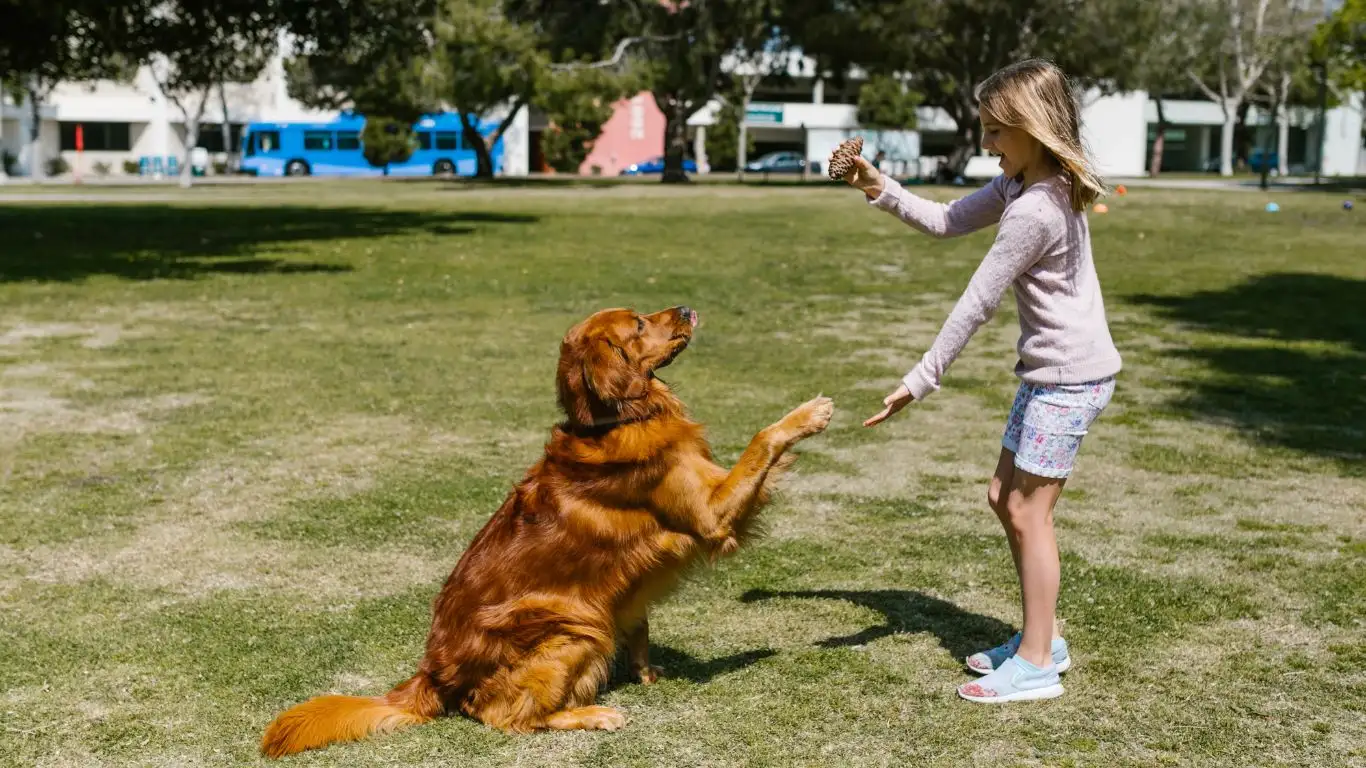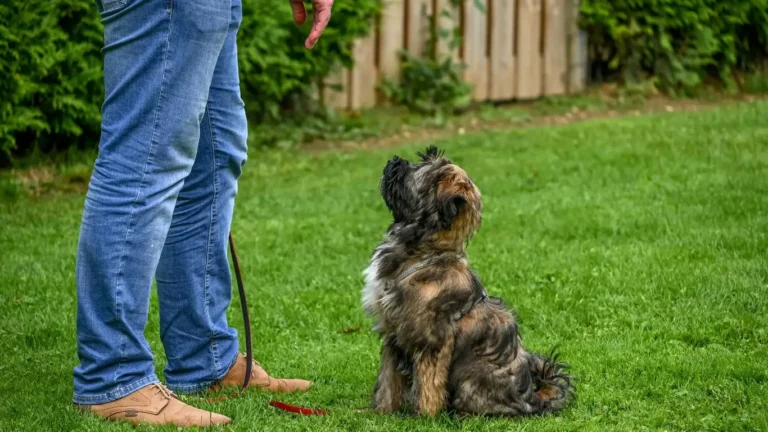How to Train a Dog to Stop Hiding Under Furniture: Proven Steps
As a Canine-Assisted Therapy Trainer, one of the most common concerns I come across is how to train a dog to stop hiding under furniture. It’s not just frustrating for pet owners—it’s actually a sign of deeper anxiety or discomfort your dog might be experiencing. Whether it’s due to fear, stress, or simply an ingrained habit, getting your dog to feel confident enough to step out from under the couch can be a challenge. But with a little patience, consistent training, and understanding, you can help your furry friend feel safer and more at ease in your home.
Understanding Why Dogs Hide Under Furniture
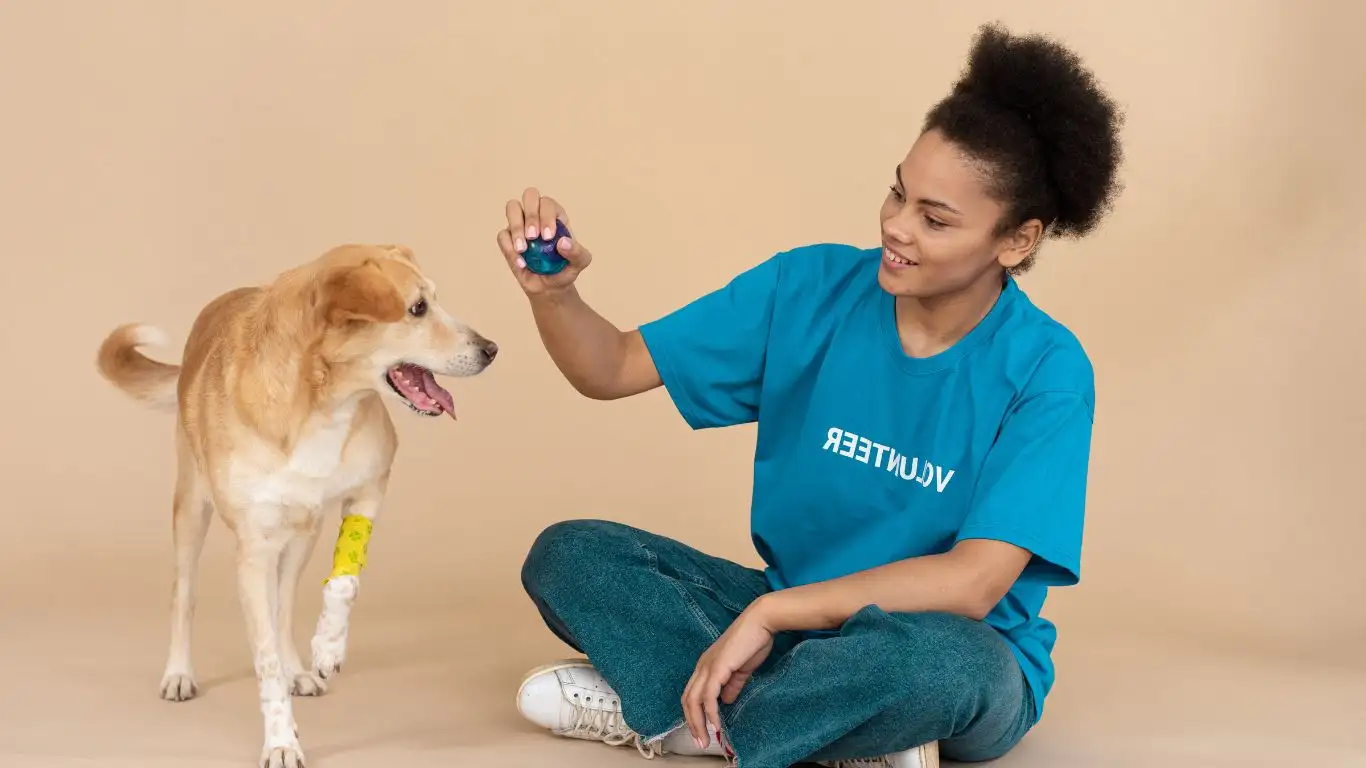
Before you can train your dog to stop hiding under furniture, it’s important to understand *why* they might be doing it in the first place. Dogs, just like us, have individual personalities, and their behaviors are shaped by a combination of instincts, past experiences, and their environment. When a dog hides, it’s usually an attempt to find safety or comfort. Here are a few common reasons why your dog might be seeking refuge under your couch, bed, or other furniture:
- Fear or Anxiety: Some dogs are naturally more anxious or fearful, especially if they’ve had negative experiences with loud noises, unfamiliar people, or even other animals. Hiding under furniture can be a way for them to escape perceived threats.
- Separation Anxiety: Dogs with separation anxiety may hide when they’re feeling overwhelmed, especially when their owners leave the house. It’s not uncommon for these dogs to retreat to dark or enclosed spaces.
- Comfort and Security: Furniture can also be a place where your dog feels safe. The enclosed space provides them with a sense of security, especially in a busy or noisy household.
- Past Trauma: Dogs that have had negative or traumatic experiences might hide as a learned behavior. This could be linked to abuse, neglect, or other stressful situations.
Knowing the root cause of the hiding behavior can help you address it more effectively. If it’s related to fear or anxiety, you’ll need a more gentle approach. However, if it’s due to habit, you can often resolve the issue by simply teaching your dog new behaviors and providing better alternatives.
Step 1: Creating a Safe and Comfortable Space for Your Dog
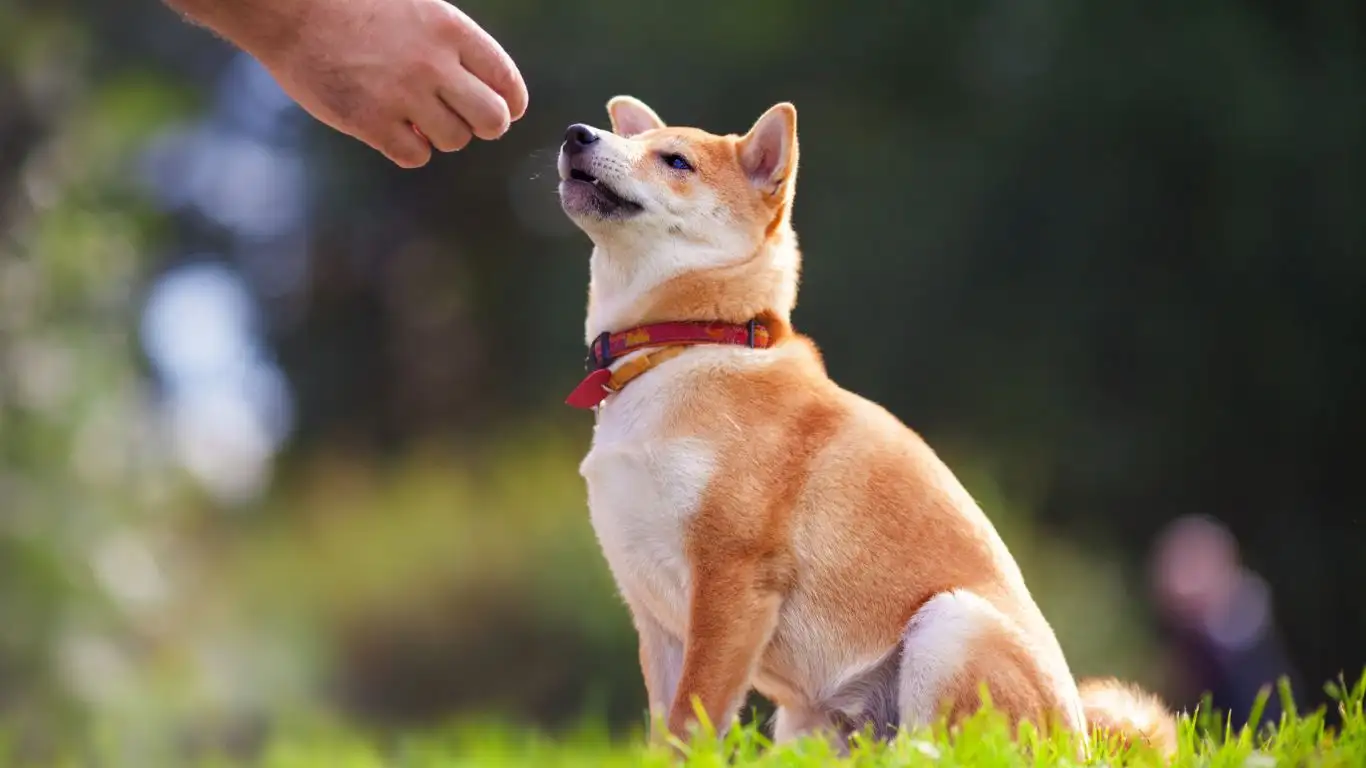
The first step in training your dog to stop hiding under furniture is to make sure that your dog feels safe and comfortable in your home. If your dog is hiding because they are anxious or stressed, it’s essential to create an environment that promotes relaxation and security.
Designate a Safe Space
One of the best things you can do is create a designated “safe zone” for your dog. This could be a crate, a cozy bed, or a specific area in the house where your dog can retreat when they need some alone time. Make sure it’s a quiet spot away from high-traffic areas, and keep it stocked with things your dog loves—whether that’s their favorite toys, blanket, or treats. This will help your dog associate the space with positive feelings.
Provide Positive Reinforcement
If your dog is using the furniture as a hiding spot because they feel safer there, try to redirect them by creating positive associations with other places in your home. Use treats, praise, and toys to encourage them to explore new areas. When they venture out from under the couch or bed, make sure to reward them immediately, reinforcing the behavior you want to see more of.
Step 2: Establish a Routine

Another way to help your dog feel more confident and less prone to hiding is to establish a daily routine. Dogs are creatures of habit, and a predictable schedule helps them feel more secure in their environment. Knowing when they can expect walks, meals, and playtime can go a long way in reducing stress and anxiety.
Consistency is Key
Consistency is essential in any training program. Try to keep mealtimes, walks, and play sessions at the same time each day. This predictability helps your dog understand what to expect, which can make them feel more in control and less likely to seek shelter under furniture.
Gradual Exposure to New Spaces
Once your dog is comfortable with their safe space and you’ve established a routine, it’s time to help them feel more comfortable around other areas of the house. Gradual exposure is key. Start by encouraging your dog to explore areas near their safe space, then gradually increase the distance. Use positive reinforcement each time they step away from the couch or bed. This gradual shift can help your dog feel less inclined to hide.
Step 3: Training Commands to Prevent Hiding
Training your dog to stop hiding under furniture also involves teaching them commands that help them feel more confident in your presence. It’s all about building trust and reinforcing positive behaviors.
Teach the “Come” Command
The “come” command is one of the most essential commands to teach your dog. Not only does it help you call your dog out from hiding, but it also builds a stronger bond between you and your dog. Start in a quiet room with few distractions, and call your dog to you with a treat in hand. Once they approach you, reward them with praise and a treat. Gradually increase the difficulty by practicing the “come” command from longer distances and in areas where they’re more likely to hide.
Desensitize Your Dog to Triggers
If your dog hides because of fear or anxiety related to specific triggers, like loud noises or unfamiliar people, desensitization is an effective training method. This involves gradually exposing your dog to the trigger in a controlled way, while rewarding calm behavior. Over time, your dog will learn to associate the trigger with positive experiences rather than fear.
Step 4: Addressing Fear-Based Hiding
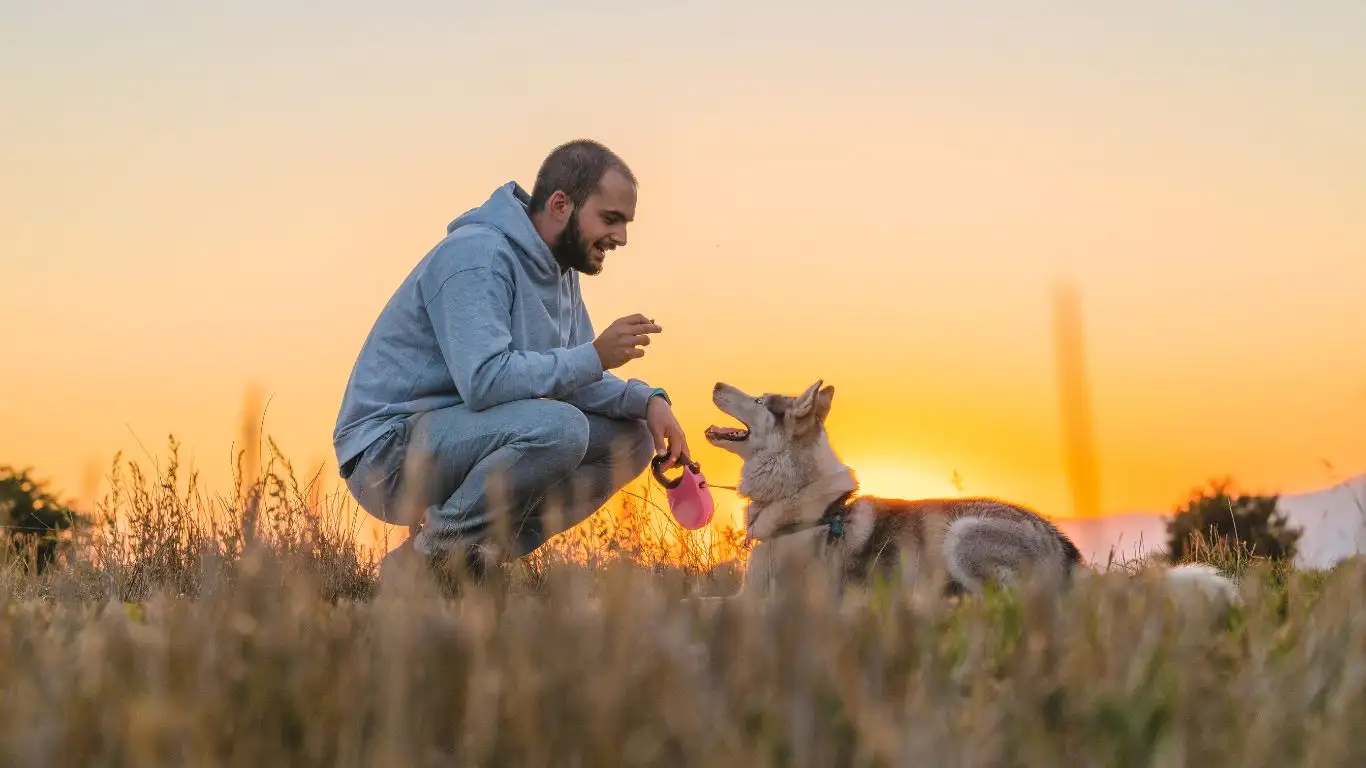
If your dog’s hiding under furniture is rooted in fear or anxiety, you’ll need to address those emotions head-on. Over time, I’ve seen countless dogs struggle with fear-based behaviors, and it’s crucial to tackle the emotional aspect of the issue in a gentle but effective way. Fear is often linked to certain stimuli—whether it’s a loud noise, unfamiliar visitors, or past traumatic experiences. Here are a few strategies I’ve used to help dogs who hide because of fear:
Desensitize to Fearful Stimuli
Desensitization involves gradually exposing your dog to the things that trigger their fear, starting at a level that doesn’t cause them too much stress. For example, if your dog hides whenever the doorbell rings, begin by playing a recording of a doorbell sound at a very low volume while rewarding calm behavior. Over time, you can increase the volume and eventually work toward having the doorbell ring in real life without your dog feeling the need to hide.
Counter-Conditioning
Counter-conditioning works by changing your dog’s emotional response to a fearful stimulus. If your dog is afraid of something, like a vacuum cleaner, you’ll want to replace their fear with something positive—like treats or praise. The next time you vacuum, give your dog a treat every time they stay calm instead of retreating under the couch. Over time, they’ll learn to associate the vacuum with good things, which helps to reduce their anxiety.
As you practice these methods, remember to take things slowly. Patience is key. Some dogs take longer to feel comfortable around certain stimuli, and that’s okay. Celebrate the small victories along the way!
Step 5: Managing Separation Anxiety

Separation anxiety is a tough one. It’s heartbreaking to watch your dog hide under the furniture or even act out when you leave the house. Believe me, I’ve worked with many clients whose dogs have struggled with this. Separation anxiety often manifests itself in hiding because your dog feels overwhelmed or unsafe when left alone. So, how can we help them overcome this?
Gradual Departures and Arrivals
The goal here is to make your comings and goings less of a big deal for your dog. Dogs with separation anxiety tend to get overly excited when you come home or overly anxious when you leave. Start by making your arrivals and departures as neutral as possible. For example, leave the house without making a big fuss and don’t over-exaggerate your greeting when you return. This will help your dog realize that you coming and going isn’t something to be anxious about.
Use Interactive Toys or Puzzles
Providing distractions can be a great way to ease your dog’s anxiety while you’re away. I’ve found that puzzle toys or treat-dispensing toys are especially helpful in redirecting your dog’s attention. The focus required to work for a treat or solve a puzzle can keep your dog’s mind busy and distract them from the anxiety of being alone.
Crate Training
Crate training can be a helpful tool in managing separation anxiety. However, it’s important to do this gradually. Never just leave your dog in the crate for long periods of time as a “solution” to the problem. Start with short periods and gradually increase the time your dog spends in the crate while you’re at home. Over time, they’ll learn to associate their crate with comfort and security, not with being abandoned.
Step 6: Reinforce Good Behavior and Redirection
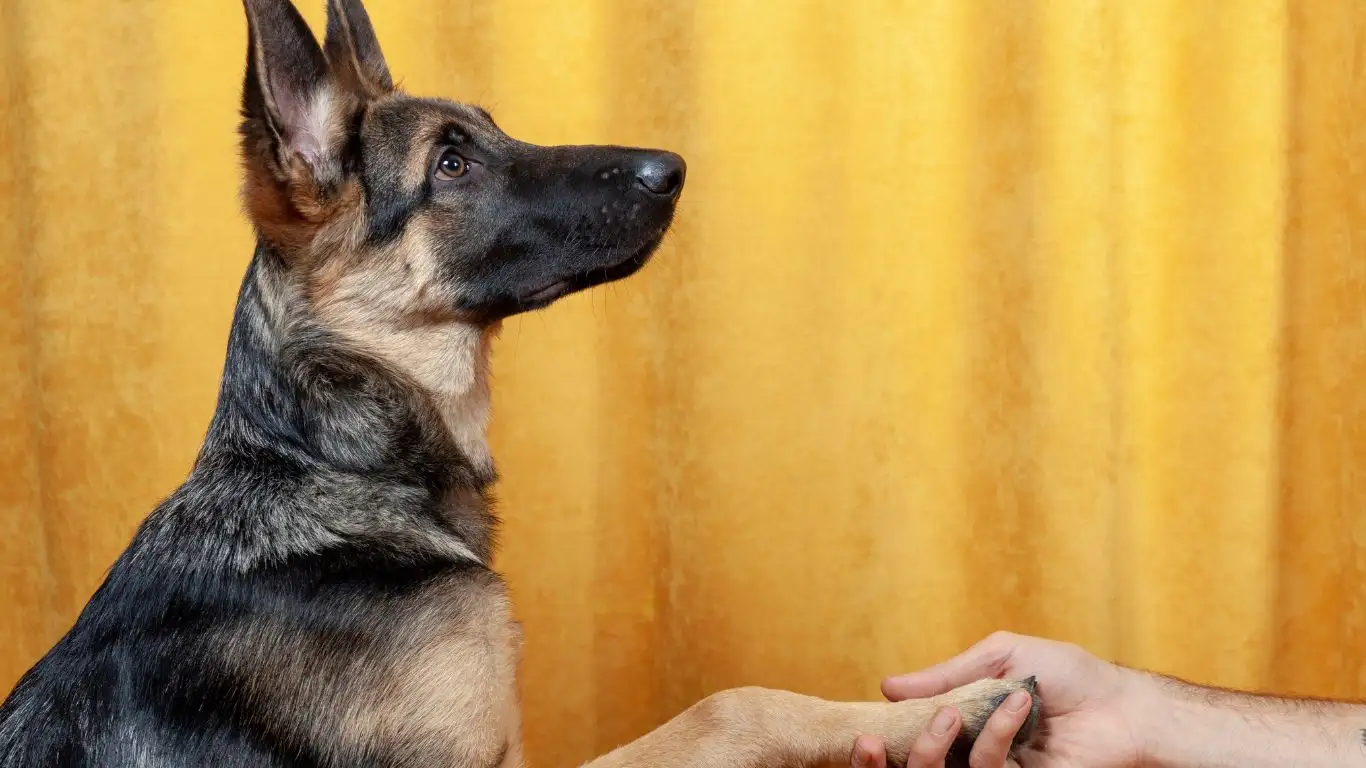
Training your dog to stop hiding under furniture requires a good amount of redirection and positive reinforcement. It’s not enough to just tell them “no” when they head for the couch—your dog needs to understand what you want them to do instead. By reinforcing the behaviors you want to see, you’ll encourage your dog to behave in the right way. Here are a few tricks that I personally use to reinforce good behavior:
Catch Them Being Good
Instead of only focusing on when your dog is misbehaving, pay attention to when they’re doing something you like, even if it’s as simple as sitting calmly on the floor instead of under the furniture. Immediately reward these calm moments with praise or a treat. Over time, your dog will begin to learn that calm, relaxed behavior gets them rewards, while hiding or being anxious doesn’t.
Redirect to a Positive Behavior
If you catch your dog heading toward the furniture to hide, redirect them to a more desirable spot. You might use a command like “come” or “place” to guide them to their bed or designated safe space. Once they’re there, offer a reward. The key here is to stay consistent. If your dog learns that heading for their bed gets them a treat, they’ll be less likely to seek refuge under the couch.
Incorporate Playtime and Exercise
Sometimes, dogs hide under furniture because they have excess energy or are feeling stressed. Regular play and exercise can help manage that energy and reduce anxiety. Whether it’s a long walk, a game of fetch, or a tug-of-war session, getting your dog moving can help alleviate stress and prevent hiding. As an added bonus, playtime also strengthens your bond with your dog, making training more effective!
Remember, every dog is different, and there’s no one-size-fits-all solution. But by understanding the root cause of your dog’s hiding behavior and using patience, consistency, and positive reinforcement, you’ll be well on your way to helping your dog feel more confident and secure in your home.
Step 7: Managing Overstimulation and Stress
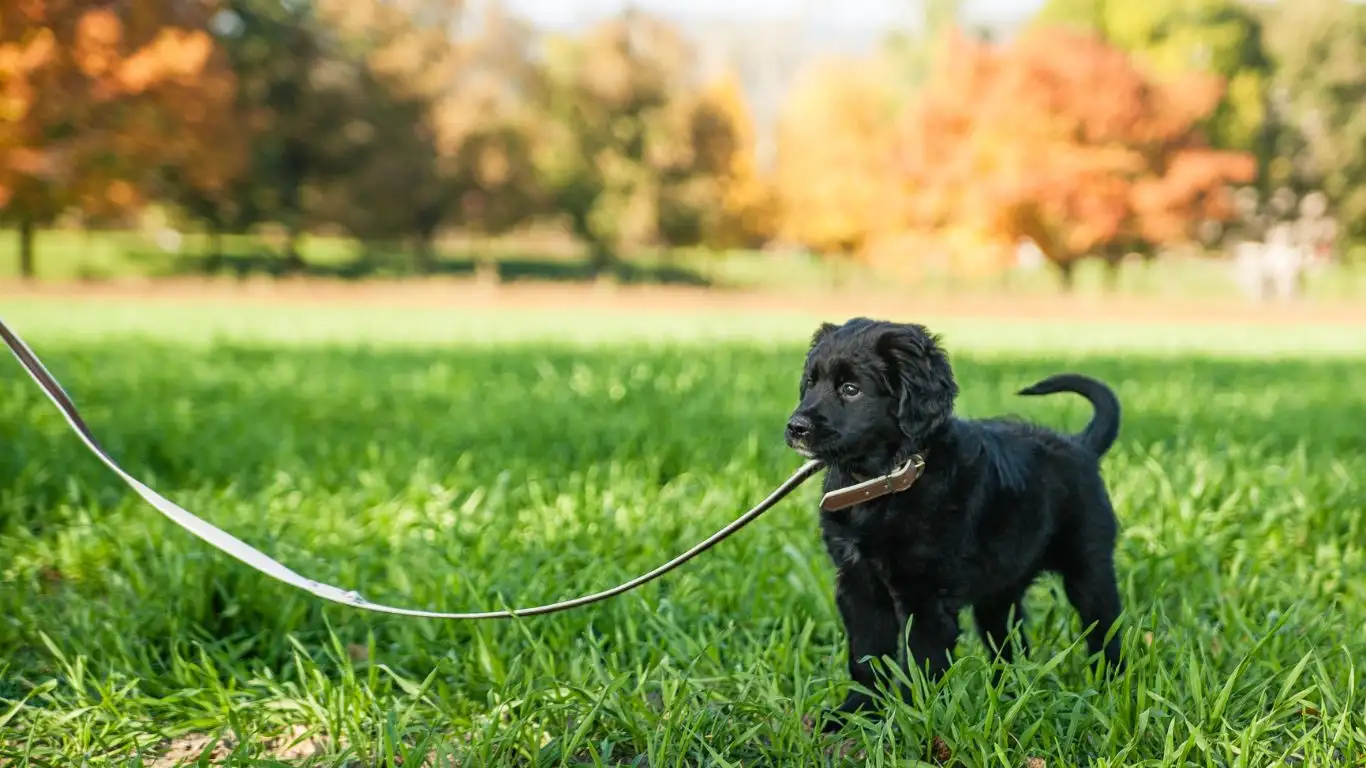
Sometimes, dogs hide under furniture because they’re simply overwhelmed. If your dog is in a busy household with lots of noise, people, or activity, it can quickly become overstimulating for them. Overstimulation can cause stress and anxiety, and your dog’s instinct is to find a safe, quiet place to retreat. One of my personal recommendations to owners facing this issue is to create a more calming environment for their dog, especially if your dog tends to retreat when there’s a lot going on.
Reduce Environmental Stressors
When you’re working on getting your dog to stop hiding, it’s crucial to minimize the stressors in their environment. If you know that loud noises like fireworks, vacuum cleaners, or thunderstorms cause your dog to seek shelter under the furniture, try to limit their exposure to these sounds. For instance, you could use soundproofing techniques or play calming music in the background. Some pet owners also use calming pheromones (like Adaptil), which mimic natural dog pheromones and promote a sense of calm.
Introduce Calm and Positive Interactions
Sometimes, a dog hides simply because they feel like they need to be left alone. It could be due to the amount of attention they’re receiving or because they feel overwhelmed by the energy of everyone around them. If your dog is becoming overstimulated from constant activity, it’s essential to provide them with calm and positive interactions. Set aside time each day to relax with your dog, whether it’s a quiet walk, a gentle petting session, or simply allowing them to have some time to themselves in their safe space.
Offer Mental Stimulation
If your dog is hiding because they’re not mentally stimulated enough, you might consider providing them with interactive toys or puzzles that keep them occupied. Puzzle games can tire them out mentally and offer a healthy distraction from anxiety or stress. As an added bonus, mental stimulation helps keep your dog’s mind sharp and engaged, which can prevent them from focusing too much on their fears or the urge to hide.
Step 8: Be Patient and Consistent

When it comes to training your dog to stop hiding under furniture, patience and consistency are essential. I always tell my clients that results take time. It’s important to remember that progress isn’t always linear, and your dog will have good days and bad days. Some days, they might be more confident, and other days, they might feel more anxious. This is perfectly normal and part of the learning process.
Stay Calm Yourself
Your dog can pick up on your emotions, so it’s crucial to stay calm and relaxed during the training process. If you get frustrated or upset, it could unintentionally heighten your dog’s anxiety. In my experience, when we remain calm and patient, dogs are more likely to feel secure and open to training. If you feel yourself becoming frustrated, take a step back, breathe, and remember that training takes time.
Keep Sessions Short and Positive
Training should always be a positive experience for both you and your dog. I recommend keeping training sessions short—no longer than 10 to 15 minutes at a time. Dogs have short attention spans, and you want to ensure they’re engaged without becoming overwhelmed. Consistently rewarding good behavior will help your dog associate training with positive experiences, making them more willing to cooperate.
Seeking Professional Help
In some cases, your dog’s hiding behavior may be particularly persistent or severe, and you might feel stuck. If you’ve tried the techniques outlined here and are still struggling, seeking help from a professional dog trainer or behaviorist can be a great next step. A professional trainer can offer personalized advice, spot any underlying issues, and provide tailored strategies to address your dog’s specific needs. Some dogs may need a more advanced approach, particularly if their hiding behavior is rooted in trauma or severe anxiety.
Don’t hesitate to reach out for help if you need it. In my experience, working with a knowledgeable trainer can make all the difference in successfully resolving behavior problems. Certified trainers, like those accredited by the Association of Professional Dog Trainers (APDT), can offer valuable insights and support during the process.
References
- American Kennel Club (AKC) – Provides expert advice on dog behavior and training.
- PetMD – A trusted resource for pet health and behavior advice.
- National Institutes of Health (NIH) – Offers research on animal health and psychology.
Disclaimer: The information provided in this article is for informational purposes only. It is not intended to replace professional advice from a veterinarian or certified dog trainer. Always seek the advice of a qualified professional if your dog’s behavior issues persist or worsen.
